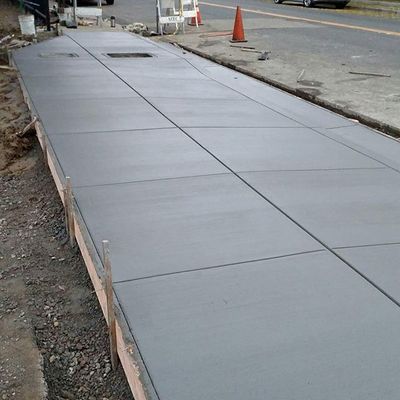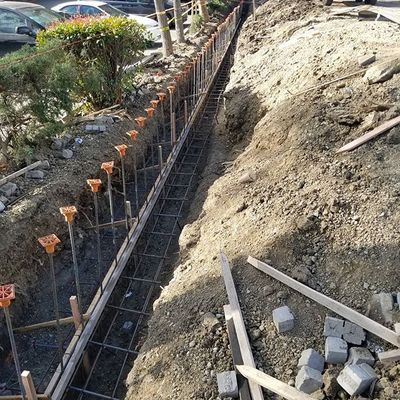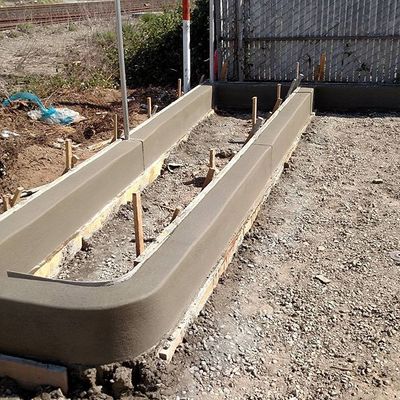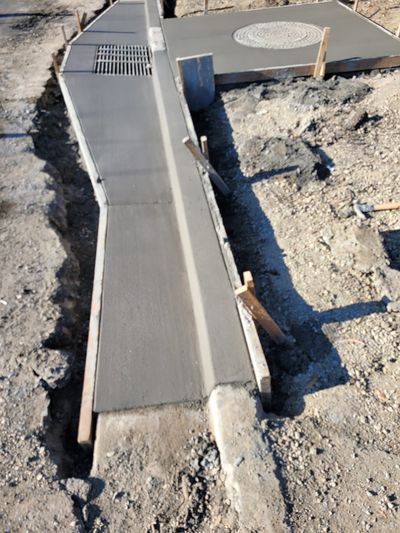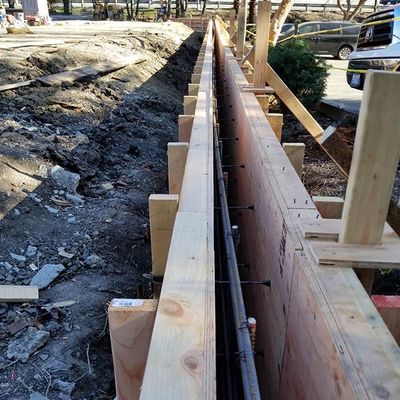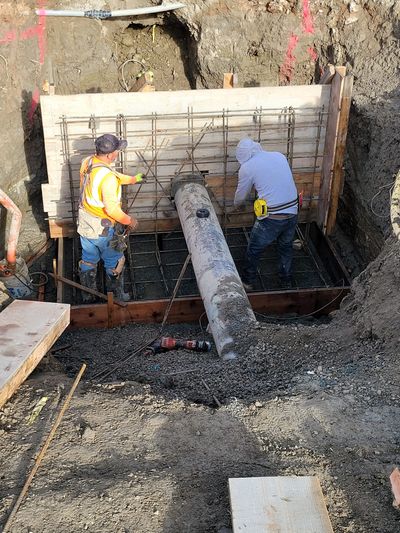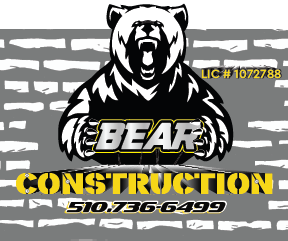Concrete Paving HAYWARD
Professional, quality paving services.
Choose the Concrete Paving Company You Can Trust
At Bear Construction, we have more than 25 years of combined experience serving the Hayward area with quality paving services. Having 25 years of experience means that we are more than equipped to handle any of your concrete pouring needs! When you need the job done right, reach out to our team here at Bear Construction in Hayward for our concrete paving services!
Why choose Bear Construction?
Foundation pouring
Slab pouring
Retaining walls
Sidewalks
Curbs
Ramps
And more!
Contact our team at Bear Construction in Hayward today for your concrete paving and pouring services!
Quality Concrete Paving at an Affordable Price
There are steps to asphalt paving and pouring, but like asphalt, the sub-grade is the most important!
For a good, quality concrete, sub-base must be used. The sub-base is another word for any material on which the concrete rests. Usually, base rock is used, although in some rare cases, soil can be used if it is extremely compacted and stable. However, using soil is not recommended.
The soil underneath the sub-base is called the sub-grade. Your concrete is only going to be as strong as your sub-grade. Think about it, if the sub-grade shifts, craters, or otherwise moves, the integrity of the concrete is going to be compromised. We always make sure the sub-grade is properly compacted and stabilized before adding the sub-base.
We lay a 3 – 6-inch sub-base with your material of choice, then compact it.
Then we prepare a form. A form is usually a wooden perimeter secured by special nails or screws and built around the concrete pouring site. A well-built form will help you achieve a better finish on your concrete. We also make sure that the forms have a slight slope to them. If they are completely level, you can expect water build up in the middle of your beautiful concrete.
Consider adding wire mesh or rebar to your form. Wire mesh and rebar are used for added stability — especially on heavy, load-bearing structures like driveways. If you're pouring concrete for surfaces that aren't going to carry a lot of weight, it is usually overkill to add wire mesh/rebar. Both have their advantages and disadvantages:
- Wire mesh will help guard small cracks from growing and spreading, as well as offer stability across two axes (wire mesh is welded, where rebar is often tied together). The downside of wire mesh is that it is not great at providing structural integrity.
- Rebar may offer better structural integrity, and be better for higher load-bearing surfaces. But, it doesn't do much to minimize the appearance of cracks.
After the concrete paving and pouring are done, it needs to be screed to flatten out the wet concrete. Screeding involves jiggling a wide plank of wood back and forth, immediately over the forms if possible, to create a flat surface. Then it needs to be float by using a large floatation device, also known as a bull float, to press down aggregate and help the cream (gravel-free concrete) rise to the surface. Then, a magnesium hand float is used to go over the surface. After some of the water bleeds to the surface, a long, sweeping motion is used with your hand float. Then control joints need to be make. These joints will help the concrete withstand cracking due to temperature changes.
Finally, a broom is used to sweep across the surface, creating the design. This will provide traction on the concrete so it is not as slippery when wet.
Concrete should be left to cure for 28 days, with the initial day being the most critical.
Although concrete is often thought of a no-hassle surface, it benefits from regular maintenance. Regular cleaning with soap and water will help keep the concrete looking its best.
Top Rated Local® Paving & Grading Specialist
Contact Us to Get A Quote
You can count on us!
